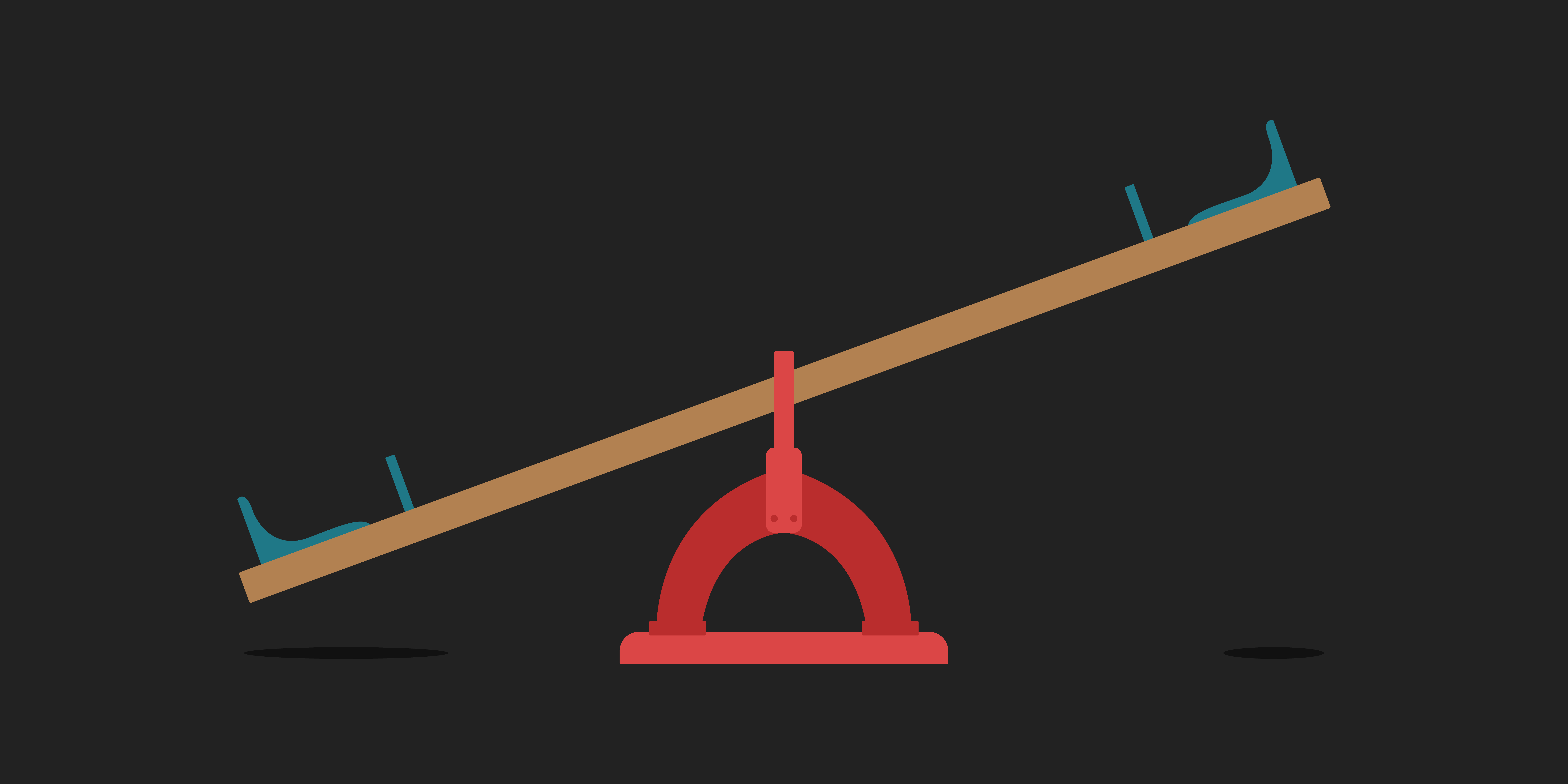An entire generation has grown up observing that interest rates only go down and bond prices only go up. But with rising interest rates investors could easily lose profits if they don’t think of how to adapt to a different environment.
Rising Interest Rates and the Bank of Canada
The Bank of Canada has kept its key interest rate (the target for the overnight rate) no higher than 1% since January 20, 2009. This is the lowest level since the Bank first opened its doors in 1935. The key interest rate has a significant influence on other interest rates, such as those for consumer loans, mortgages, rates offered on term deposits, and bond yields. Many borrowers have become used to obtaining credit at the lowest interest rates in modern times. With rising interest rates, this is about to change.
Rising Interest Rates and Inflation
Inflation: The Silent Thief
To mitigate rising interest rates, the Bank of Canada aims to keep total year-over-year CPI inflation at the 2% midpoint of a target range of 1 to 3% over the medium term. They have been reasonably successful at meeting this target since adopting it in 1991. This means that official government policy is to reduce the purchasing power of the Canadian dollar by 2% every year. In this environment, something that costs $100 today will cost almost $122 in 10 years time or over $164 in 25 years.
Most people saving for retirement would like to think that every dollar they put aside today will be worth at least as much as that when they retire. Unfortunately, this is now very hard to accomplish. According to the Bank of Canada’s own data, the yield on one year Guaranteed Investment Certificates (“GICs”) is currently only 0.78%. If you are willing to tie up your money in GICs for five years, you do a bit better and receive a yield of 1.63%. Neither of these rates will allow the value of your money to keep pace with the official inflation target. Of course, investors can attempt to earn higher returns than that available through GICs by investing in riskier assets, but achieving those higher returns is not guaranteed.
Savers Will Not Lose Money Forever
History shows that periods of negative real interest rates (i.e., inflation higher than interest rates) are followed by periods of high real interest rates. This last occurred in the 1970s when the inflation caused by the OPEC oil price shock and government deficit spending led to much higher interest rates in the 1980s.
There is no reason to think this scenario will not play out again, unless we are heading into a 1930s-style depression. Central banks everywhere seem determined to avoid such a scenario through cheap credit and money creation.
The Bank of Canada is keeping real interest rates negative because they want people to borrow and spend rather than save. They believe this will be helpful to the economy. While this may be true over short periods, it is becoming increasingly evident that interest rates at the lowest levels in recorded times are hurting, rather than helping, the economy.
Savers who are losing money in real terms are unwilling to consume now for fear of having no wealth later. Banks are unwilling to loan money to productive businesses at very low interest rates and companies themselves are unwilling to invest if they cannot foresee a reasonable return.
Canada is Not in a Good Spot
These factors alone should result in rising interest rates, but Canada also faces its own unique set of challenges. Like it or not, Canadian interest rates do not exist in isolation. Canada, in effect, competes for capital through the level of its interest rates. Historically, Canadian interest rates have been higher than those in the United States to compensate investors for the smaller, riskier, more inflationary Canadian economy versus the much larger, more diversified, and less inflationary American one.
Right now, however, most Canadian interest rates are actually lower than U.S. ones at a time when the U.S. economy is improving. When Canadian house prices decline and foreign sellers take their money elsewhere, and when oil prices decline because of huge supply increases, Canadian interest rates will have to rise even if the economy is weak.
This change is arguably already underway. Bond yields have risen. Bond funds (including the much loved bond ETFs) are turning in anemic returns. Selling pressure from disappointed investors leads to falling bond prices and therefore higher yields. The direction for interest rates is up, if only to get back to reasonable levels versus inflation. This could be very ugly. A 2% yield increase in an ETF that tracks the DEX Universe Index could lead to a minus-14% price decline in a “safe” bond investment.
The Consequences of Rising Interest Rates
What should investors do in the situation of rising interest rates? Basically, they should forget everything they learned about interest rates since the 1980s. An entire generation has grown up observing that interest rates only go down and bond prices only go up. They now want to lend with short maturities or with loans where the interest rate “floats” so that the interest payments rise over time. They also want “spread”, or a higher yield over Government bonds, but only from solid borrowers who will actually make the payments.
In short, we are entering a new era in investing. The profits made in the old era can easily be lost if investors do not change course.






